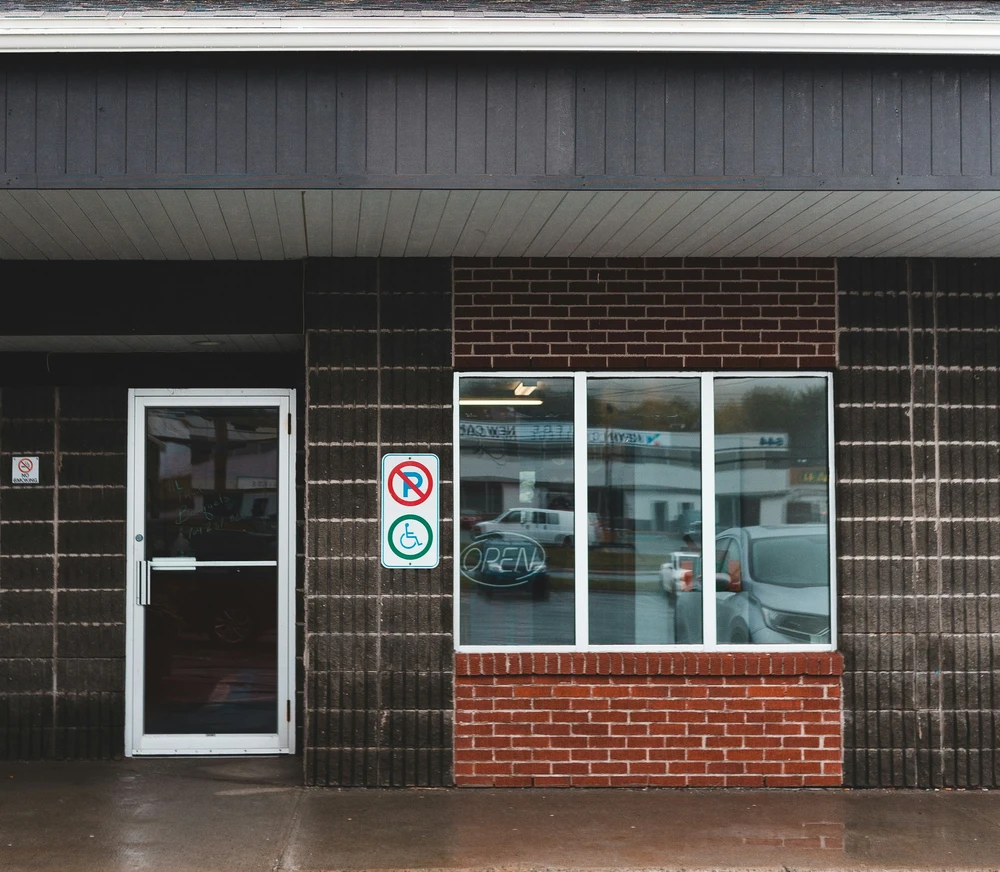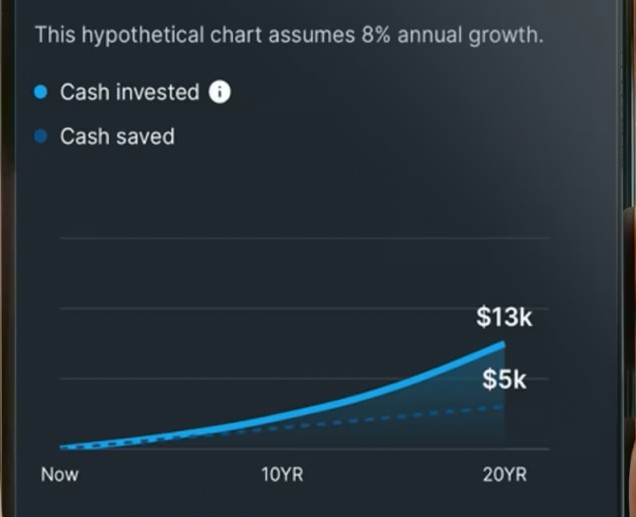Introduction: Affordable US Cities 2025 — What You Need to Know
As the cost of living continues to rise across the country, many Americans are asking, “Where are the most affordable US cities in 2025?” With housing prices surging, inflation impacting daily expenses, and remote work reshaping residential patterns, affordability has become a central concern for individuals and families alike. This guide explores the most affordable US cities in 2025 by analyzing housing costs, living expenses, economic trends, and urban development.
Whether you’re considering a move for a new job, better quality of life, or simply a lower cost of living, understanding where you can live affordably is more important than ever. We’ll explore key factors that define affordability, compare major metro areas, and spotlight cities where your dollar stretches further—all while focusing on practical, data-driven insights.
Current Affordability Trends: What’s Happening in 2023-2025?
As of 2023 and heading into 2025, the housing market is evolving quickly. Median home prices have risen to nearly $380,000 nationwide, while wage growth has lagged behind. As a result, the affordability gap is widening in several once-affordable markets.
According to National Association of Realtors, cities like New York and San Francisco remain among the least affordable, whereas mid-sized cities like Raleigh, NC and Tulsa, OK have emerged as some of the most affordable US cities in 2025.
Despite rising mortgage rates, suburban and rural areas continue to see population growth as Americans seek out locations where the cost of living is reasonable, job markets are expanding, and public amenities are improving.
Economic Trends Affecting Affordable US Cities in 2025
Inflation, interest rates, and wage growth are the key economic indicators influencing city affordability:
- Inflation: While inflation rates are cooling, prices remain high in many sectors including groceries and utilities.
- Interest Rates: Higher interest rates are making mortgages more expensive, especially in high-demand cities.
- Wage Growth: Wage increases haven’t kept pace with living costs, making affordability more difficult in many areas.
- Remote Work: Telecommuting continues to influence housing demand, boosting affordability in cities that support flexible living.
These factors will continue to shape housing markets and affordability in cities nationwide through 2025.
Top Affordable US Cities in 2025: City-by-City Breakdown
1. Tulsa, Oklahoma
Tulsa offers low housing costs, a stable job market, and quality public services. It’s part of the Tulsa Remote Program that incentivizes remote workers to relocate.
- Median Home Price: $190,000
- Cost of Living Index: 83.2
- Notable For: Affordable housing, low property taxes, strong arts scene
2. Raleigh, North Carolina
With a growing tech sector and top-tier universities, Raleigh remains one of the most affordable US cities in 2025 for professionals and families.
- Median Home Price: $365,000
- Cost of Living Index: 94.4
- Notable For: High quality of life, expanding job market, educational resources
3. San Antonio, Texas
Compared to Austin, San Antonio offers similar job growth and lifestyle perks at a much lower cost.
- Median Home Price: $295,000
- Cost of Living Index: 89.7
- Notable For: Rich culture, strong healthcare sector, proximity to tech hubs
4. Des Moines, Iowa
This Midwest city is gaining attention for its strong economy and low housing costs.
- Median Home Price: $240,000
- Cost of Living Index: 81.2
- Notable For: Affordable real estate, low unemployment, high livability
5. Pittsburgh, Pennsylvania
Once an industrial hub, Pittsburgh now thrives on tech, education, and healthcare sectors.
- Median Home Price: $225,000
- Cost of Living Index: 88.1
- Notable For: Economic diversity, public transit, affordable neighborhoods
Cost of Living Breakdown Beyond Housing
When ranking affordable US cities in 2025, it’s important to consider costs beyond housing:
- Utilities: Cities with renewable energy investments like Portland or Denver may offer long-term savings.
- Groceries: Costs vary based on location; rural cities generally have lower food prices.
- Transportation: Efficient public transit systems in places like Pittsburgh and Minneapolis help residents save money.
- Healthcare: Cities with strong public health systems and lower insurance premiums fare better in affordability rankings.
Quality of Life in Affordable US Cities in 2025
Affordability isn’t just about cost—it’s about value. Cities that combine low costs with high quality of life are leading the pack in 2025:
- Public Amenities: Parks, libraries, and recreational facilities improve livability.
- Safety: Low crime rates make cities like Boise and Madison attractive for families.
- Education: Strong school systems and access to higher education boost community value.
- Job Opportunities: Cities with diverse employment sectors and low unemployment ensure long-term affordability.
Urban vs. Suburban Living: Which is More Affordable?
Urban living comes with convenience and culture, but often at a premium. In contrast, suburban and satellite cities are emerging as more affordable alternatives:
| Feature | Urban Living | Suburban Living |
|---|---|---|
| Housing Costs | High | Lower |
| Transportation Access | Excellent | Often Limited |
| Amenities | Extensive | Moderate to High |
| Space & Privacy | Limited | More Available |
Suburbs around cities like Nashville, Phoenix, and Atlanta are gaining popularity as they offer the best of both worlds: proximity to city jobs and more affordable housing.
How Remote Work Impacts Affordable US Cities in 2025
Remote work has reshaped the housing market in profound ways:
- Migration Patterns: Workers are moving from high-cost cities (e.g., San Francisco) to more affordable ones like Boise, Spokane, and Kansas City.
- Increased Housing Demand in Smaller Cities: Some mid-sized cities are experiencing price hikes due to demand, though they remain more affordable than coastal metros.
- Infrastructure Growth: As more workers move to remote-friendly cities, local governments are investing in digital and public infrastructure.
Cities that support high-speed internet, co-working hubs, and flexible zoning laws are becoming magnets for affordability-seeking professionals.
Tips for Finding Affordable US Cities in 2025
- Use Online Affordability Tools: Resources like Numbeo or BestPlaces can help compare cities.
- Evaluate Cost vs. Income Ratios: Don’t just look at rent—check job availability and average wages.
- Consider Long-Term Costs: Factor in property taxes, insurance, commute times, and healthcare.
- Look for Emerging Markets: Keep an eye on cities undergoing revitalization or economic transition.
Final Thoughts: Is It Still Affordable to Live in US Cities in 2025?
Yes—but you need to choose wisely. The most affordable US cities in 2025 are those that strike a balance between low housing costs, a manageable cost of living, and a high quality of life. Cities like Tulsa, Raleigh, Des Moines, and San Antonio offer excellent alternatives to high-priced coastal metros.
By staying informed and considering your personal needs, you can find a location that supports both your lifestyle and financial goals.












